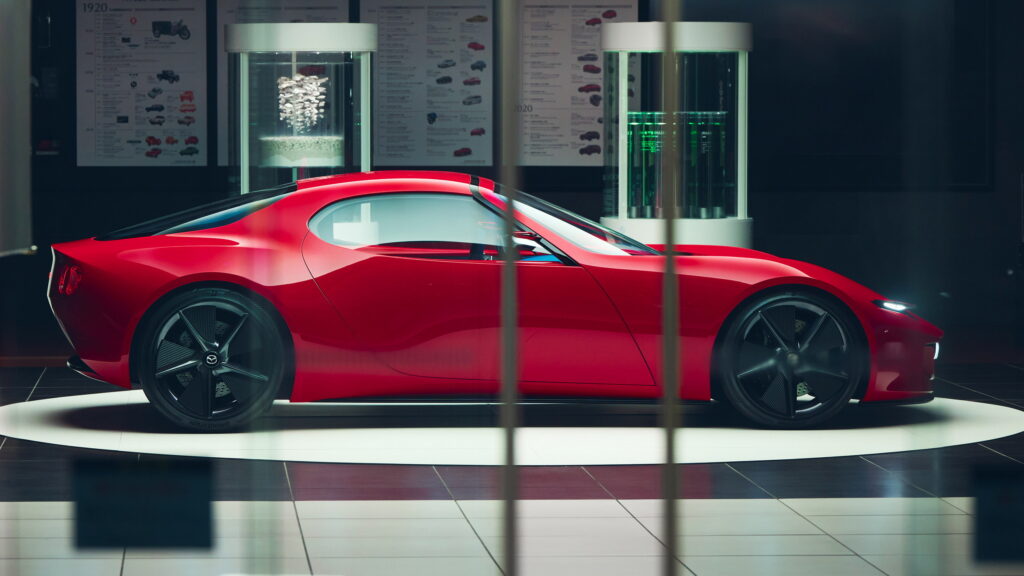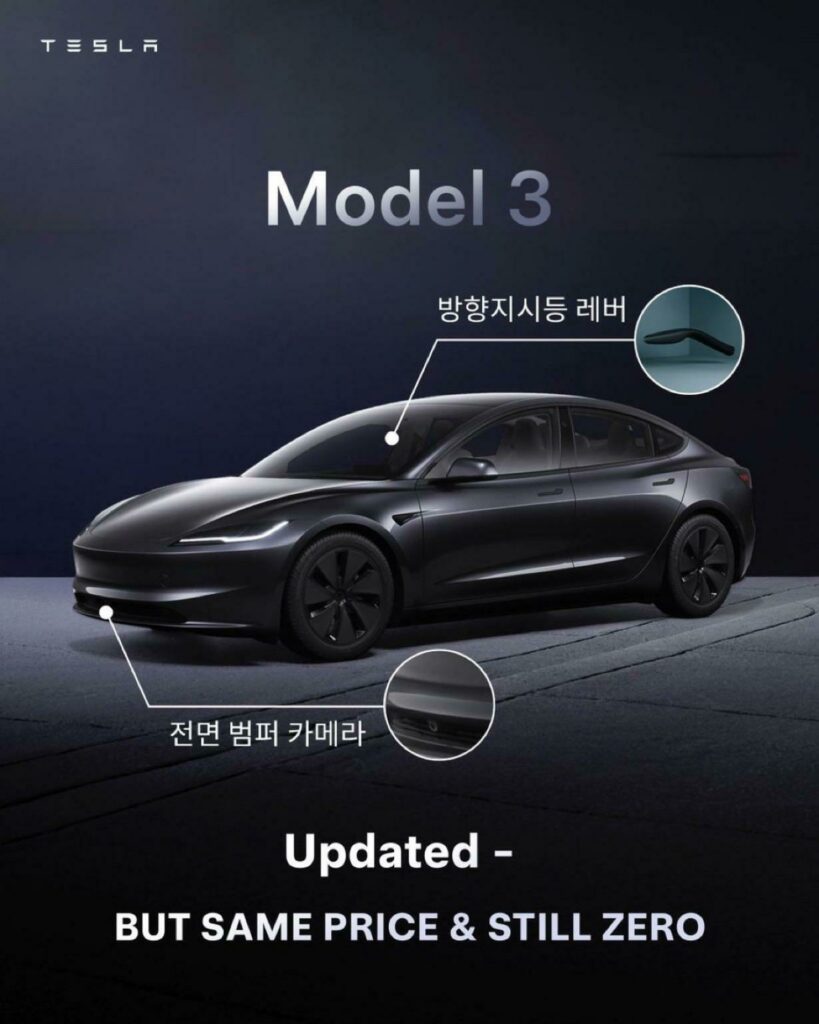Subaru Rethinks $10 Billion EV Plan As Tariffs Bite And Buyers Shift

- Subaru committed nearly $10 billion to electrification efforts by 2030.
- Four electric SUVs co-developed with Toyota will arrive by 2026.
- Tariffs from the Trump administration could cost Subaru $1.36 billion.
We can now add Subaru to the growing list of carmakers easing off their all-electric investments, as shifting consumer tastes and surging demand for hybrids reshape the market. The move could see several of Subaru’s planned EVs pushed further down the timeline.
Read: Subaru STI Can’t Decide If It Wants Gas Or Electric, So It Built Both
During the automaker’s most recent earnings briefing, president Atsushi Osaki blamed “increasing demand for hybrids and the reappraisal of internal combustion engines” as the reason for delaying “the timing of full-scale EV mass production investment.”
Adjusting The EV Roadmap
Subaru had committed 1.5 trillion yen, or about $9.74 billion, in electrification by 2030. It has already poured in 300 billion yen ($1.94 billion) of this amount, and while the remaining 1.2 trillion yen will still be invested, they will be “reviewed,” according to Nikkei Asia.
In the immediate term, the timeline change won’t have a significant impact, as the company still plans to launch four electric SUVs built in collaboration with Toyota by the end of 2026. However, it may delay four other EVs that it had planned to develop in-house by 2028.

Hybrid Takeover
The trend towards hybridization has been apparent over the past 18 months, prompting other car manufacturers, like Hyundai, to increase investments in this space.
Compounding this shift are economic headwinds. With the loss of the federal EV tax credit in the United States and the added burden of steep automotive tariffs, manufacturers are being forced to tighten budgets and spend more strategically.
Subaru says it expects to take a 210 billion yen ($1.36 billion) impact from the tariffs this year. For the financial year ending March 2026, it expects a net profit of 160 billion yen, a massive 53 percent decline from the year prior.
To cushion the blow, Subaru plans to trim costs by 200 billion yen ($1.29 billion) by 2030, an efficiency drive meant to steady the balance sheet as the market evolves.
The newest EV in Subaru’s portfolio is the Uncharted, a reworked and rebranded version of Toyota’s latest electric C-HR. Subaru has given it a tougher, more adventurous character, staying true to its outdoorsy image even as it reconsiders how quickly to go all-in on battery power






























